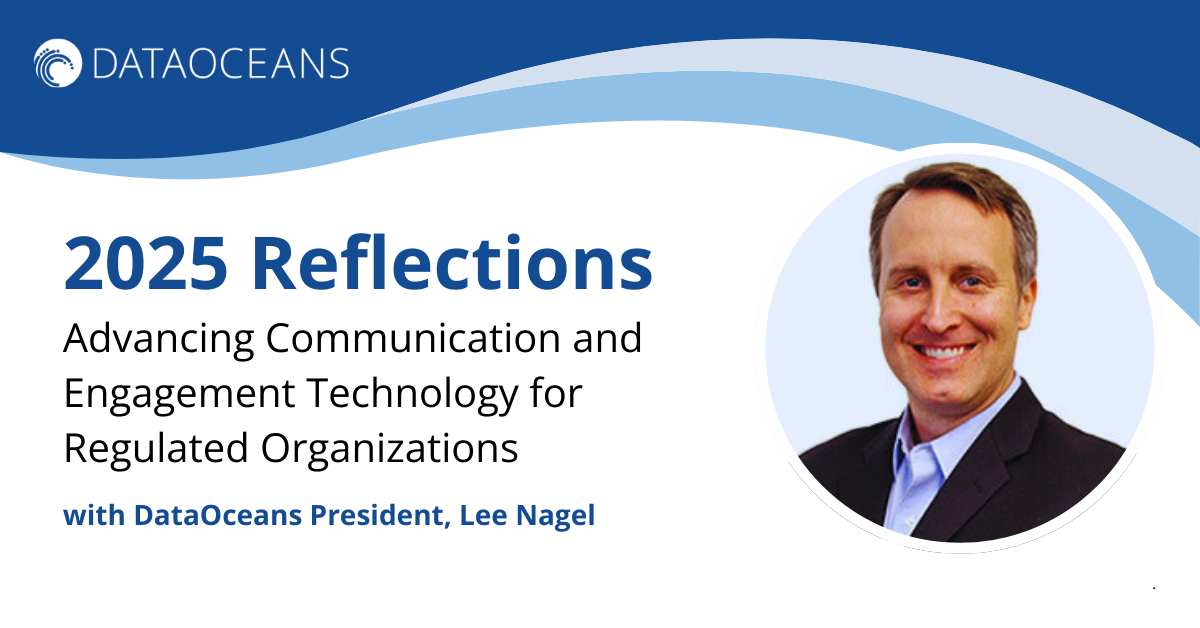Sometimes, digital transformation happens fast. We’ve seen it this year with COVID, which has tested businesses with a sudden pivot to remote work. Positions that had never been considered “work-from-home” have been transformed, requiring significant technology changes like video conferencing, online collaboration and VPNs.
By and large, businesses have adapted successfully to the changes, which is good, as they are
likely to be permanent. In fact, 23% of businesses queried in a recent Gartner survey indicated they planned to move at least 20% of their employees to remote positions permanently.
To stay ahead of the next disruption, businesses will need to continue to digitally transform, and one way to do so is by adopting cloud-based technologies that are more innovative and agile than traditional solutions. That’s no longer limited to SaaS, IaaS or PaaS solutions. Almost any function can be delivered in an Anything as a Service (XaaS) model using today’s cloud-computing ecosystem.
Examples include models like disaster recovery as a service (DRaaS), monitoring as a service (MaaS) and network as a service (NaaS). The benefits of XaaS may include lower operational expenditure, speed to deployment, scalability, adaptability and access to enterprise-grade functionality. Since the service provider handles low-level tasks like updates and maintenance, an organization’s staff can focus on its key imperatives as well as critical emerging technologies like artificial intelligence, IoT and analytics.
Beyond SaaS: Hosted Managed Services
Typically, organizations adopt SaaS solutions to replace business areas like customer support, accounting and human resources, or to quickly add new toolsets (like analytics) to their stack. Where SaaS applications fall short, however, is replacing business processes that are integrated with a variety of data sources and applications. Customizing a solution using these existing data assets and processes is cumbersome. For that, a Hosted Managed Service (HMS) solution may be a better option. With hosted managed services, a vendor not only provides and maintains the application software, but also supplies more comprehensive support in areas like customizations, integrations with existing data sources, and business process improvements.
Customer communications management (CCM) is a good example of an application that can be delivered using a hosted managed services model. In fact, that’s why we offer our solution as a hosted managed service. Organizations sometimes prefer to build their own CCM solution. That’s understandable, as they likely already have built or purchased components of it. However, a homegrown CCM solution requires significant investment in technical resources to build and maintain. Usually the customer data that is the backbone of the system is stored in a variety of siloed data sources and legacy applications that are difficult to access. Business process flows can vary widely across different departments. Often some components of these systems are third-party tools that also require ongoing IT support. In all, there is a significant cost to building, and then continuing to maintain, an inhouse CCM solution.
By adopting a hosted managed services model for customer communications, an organization acquires best of breed technology and support from experts with many years of experience delivering CCM, including an understanding of regulatory requirements, business process optimization and communication best practices. It’s a faster, more efficient route to customer engagement, proven to improve revenue and customer loyalty.
DataOceans’ customer communications management platform enables organizations to unlock data from their legacy systems to deliver personalized communications that improve revenue and reduce customer attrition. Contact us to learn more.



.png)
.png)